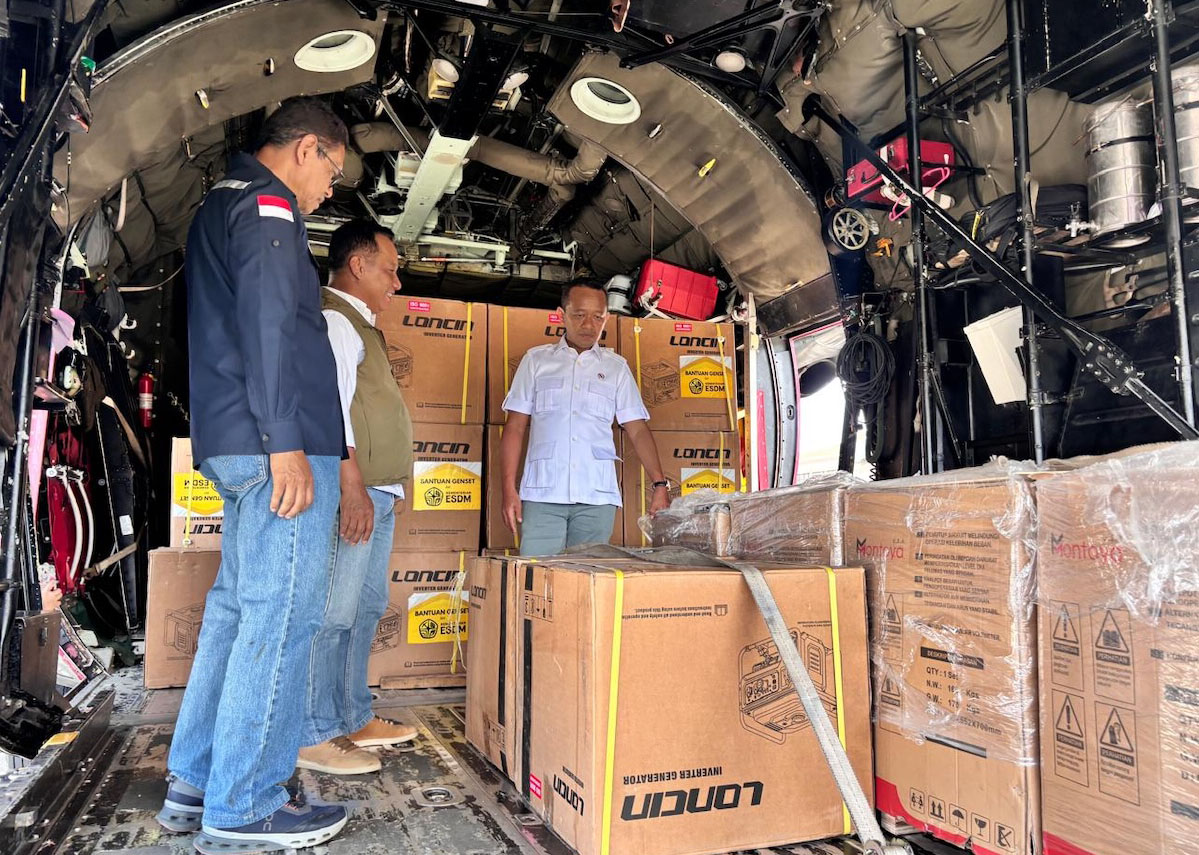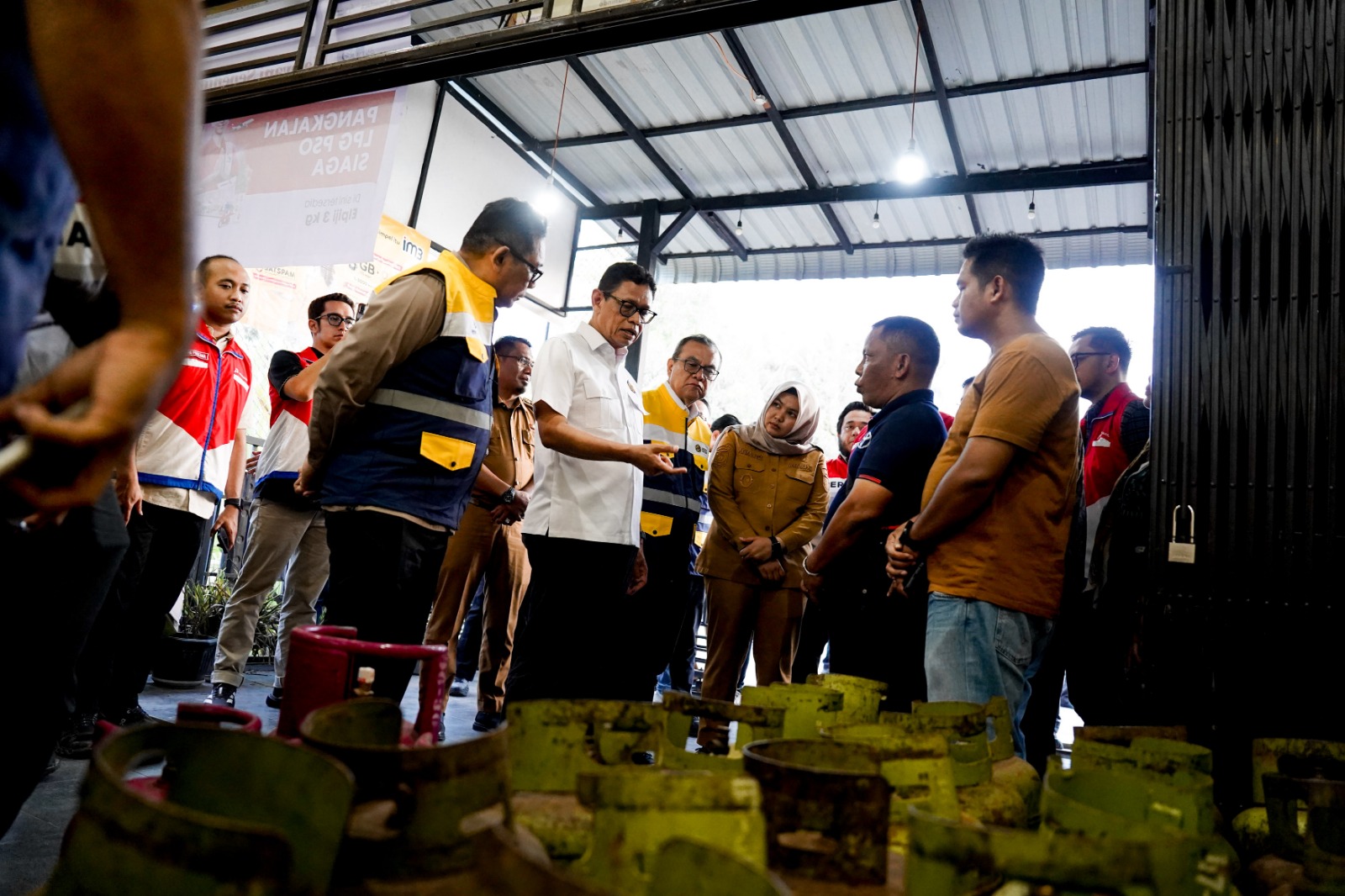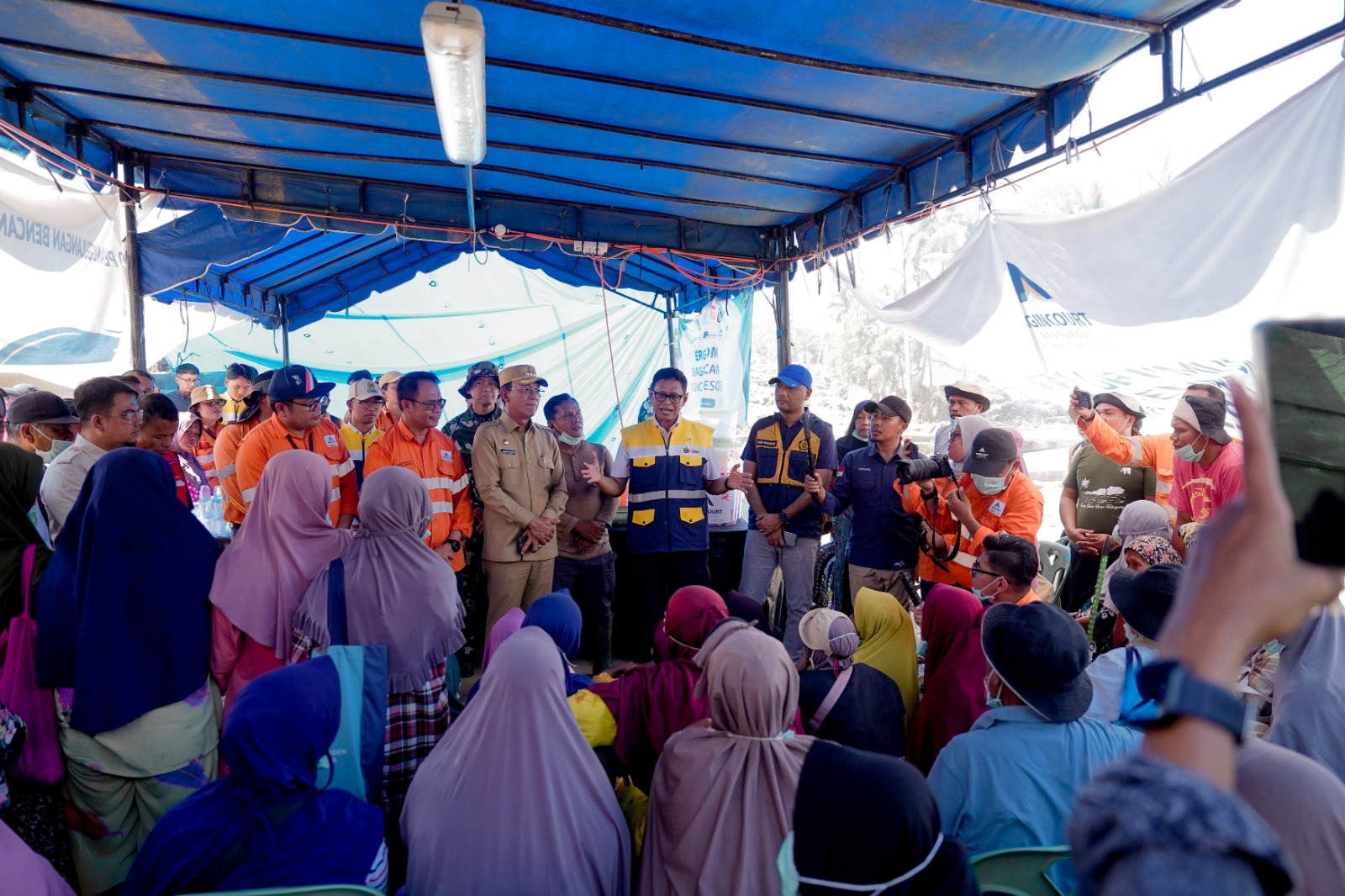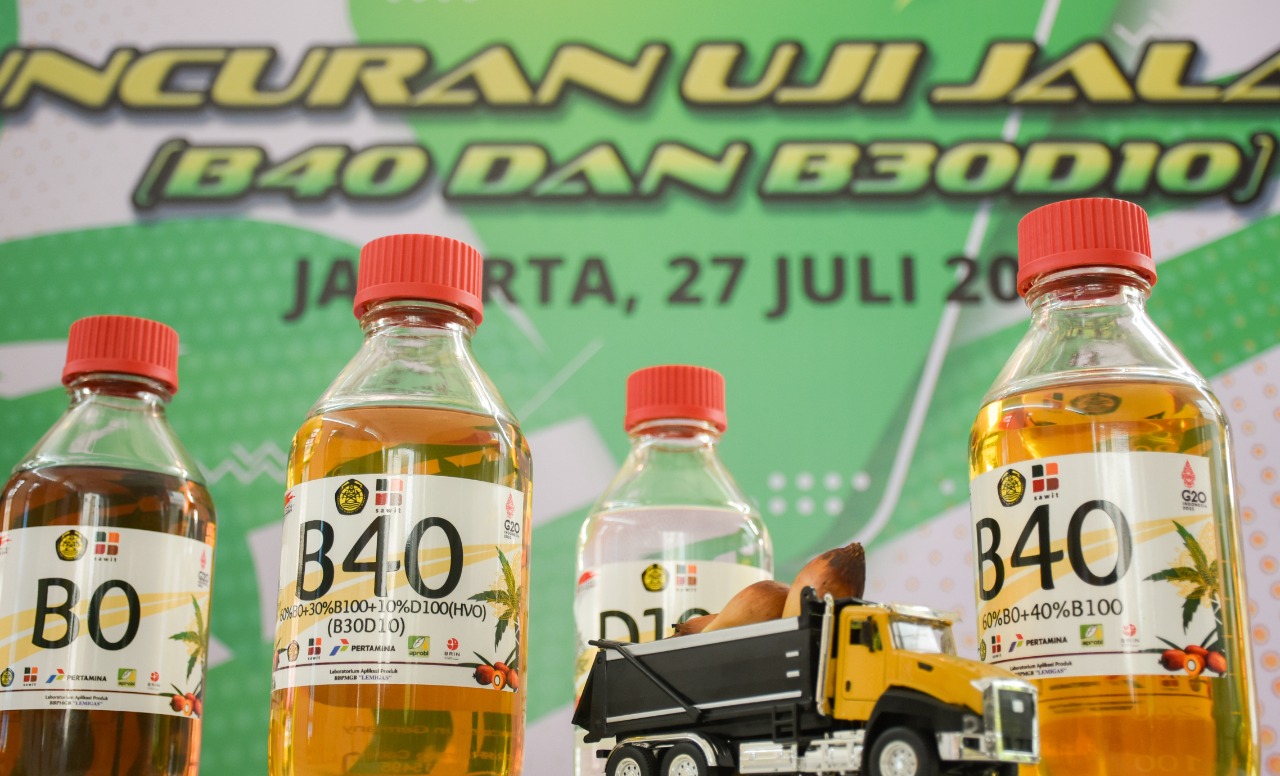
Offshore Methane Hydrate, Clean Energy Solution for the Future
MINISTRY OF ENERGY AND MINERAL RESOURCES
REPUBLIC OF INDONESIA
PRESS RELEASE
NUMBER: 197.Pers/04/SJI/2021
Date: 8 June 2021
Offshore Methane Hydrate, Clean Energy Solution for the Future
The transition of energy, from fossil energy to new and renewable energy that is cleaner, less emission, and more environmentally friendly, has become the direction of national energy policy, Minister of Energy and Mineral Resources (EMR), Arifin Tasrif, has said at the opening of a webinar titled Legal and Policy Framework for the Development of Offshore Methane Hydrate as the Indonesia's Future Transitional Clean Energy on Tuesday (8/6).
A research conducted in 2004 has discovered that Indonesia has potential reserves of methane hydrate estimated at more than 850 trillion cubic feet (tcf).
"This amount is eight times the current natural gas reserves, so we hope that this new alternative energy source will support national energy security," continued Arifin.
Offshore methane hydrate is a cleaner energy option compared to oil and coal. The extraction and production of offshore methane hydrate is considered to be a source of state revenue and will play a role in the energy mix.
Arifin also emphasized the importance of an integrated legal and policy analysis to ensure that the development of methane hydrate remains in line with the principles of sustainable development.
"Methane hydrate development must be carried out by considering the physical characteristics of gas hydrate, environmental issues, methane hydrate extraction technology, as well as the economic value and capacity of the national upstream oil and gas industry," said Arifin.
Arifin also underlined the need for stronger multi-sectoral cooperation in promoting the energy transition process.
"For this reason, we really hope for the support of stakeholders and academics in achieving the energy transition goals, including the potential to use offshore methane hydrate to support national energy security as well as to achieve the target of reducing greenhouse gas emissions," Arifin concluded.
One of the resource persons, Director General of Oil and Gas Tutuka Ariadji, stated that Indonesia's reserves potential of methane hydrate is mainly located in two areas.
"Based on a preliminary survey in 2004, the potential for methane hydrate reserves of more than 850 tcf is mainly found in two locations, namely the waters south of Sumatra to the northwest of Java at 625 tcf and in the Makassar Strait at 233.2 tcf," explained Tutuka.
Another resource person is Prof. Doddy Abdassah of Bandung Institute of Technology (ITB). Doddy explained that methane hydrate is the largest non-conventional hydrocarbon resource and one that can be produced safely. It is estimated that more than 50% of the earth's hydrocarbon deposits are stored in the form of methane hydrate.
According to Doddy, Indonesia has a very good opportunity to utilize its methane hydrate potential, and must immediately take advantage of this opportunity to move towards "green" fossil energy.
Meanwhile, another resource person, Prof. Roy Andrew Partain of University of Aberdeen explained the potential locations of methane hydrate globally, including in Indonesia. Roy also gave input about sustainable development for offshore hydrate in Indonesia. According to Roy, Indonesia needs to move quickly to prepare the policies and regulations to develop the offshore hydrate industry, because a number of countries have prepared the industry to go commercial by 2030.
This webinar is the first large-scale discussion on offshore methane hydrate held in Indonesia, and it has attracted a large number of participants. According to Head of Legal Bureau of the Ministry of EMR, M. Idris F. Sihite, 1,100 people registered for this webinar.
For the record, methane hydrates, dubbed "fire ice", are a compound of methane and water. It's a sweet natural gas, meaning that it does not contain acids, salt, and brine. Methane hydrates are formed by dead organic matter trapped between the earth's layers, and then broken down by microorganisms and the earth's heat. Areas where natural methane hydrates are thought to exist are generally areas under the ocean where continental plates meet in depths between 500 to 1000 meter, where pressure is high and temperature is low enough.
Once extracted and processed, the methane in methane hydrate can be used for electricity generation by burning it as a fuel in a gas turbine or steam generator. Compared to other hydrocarbon fuels, methane produces less carbon dioxide for each unit of heat released. (IY)
Head of Bureau of Communication, Public Information Services, and Cooperation
Agung Pribadi (08112213555)
Share This!






